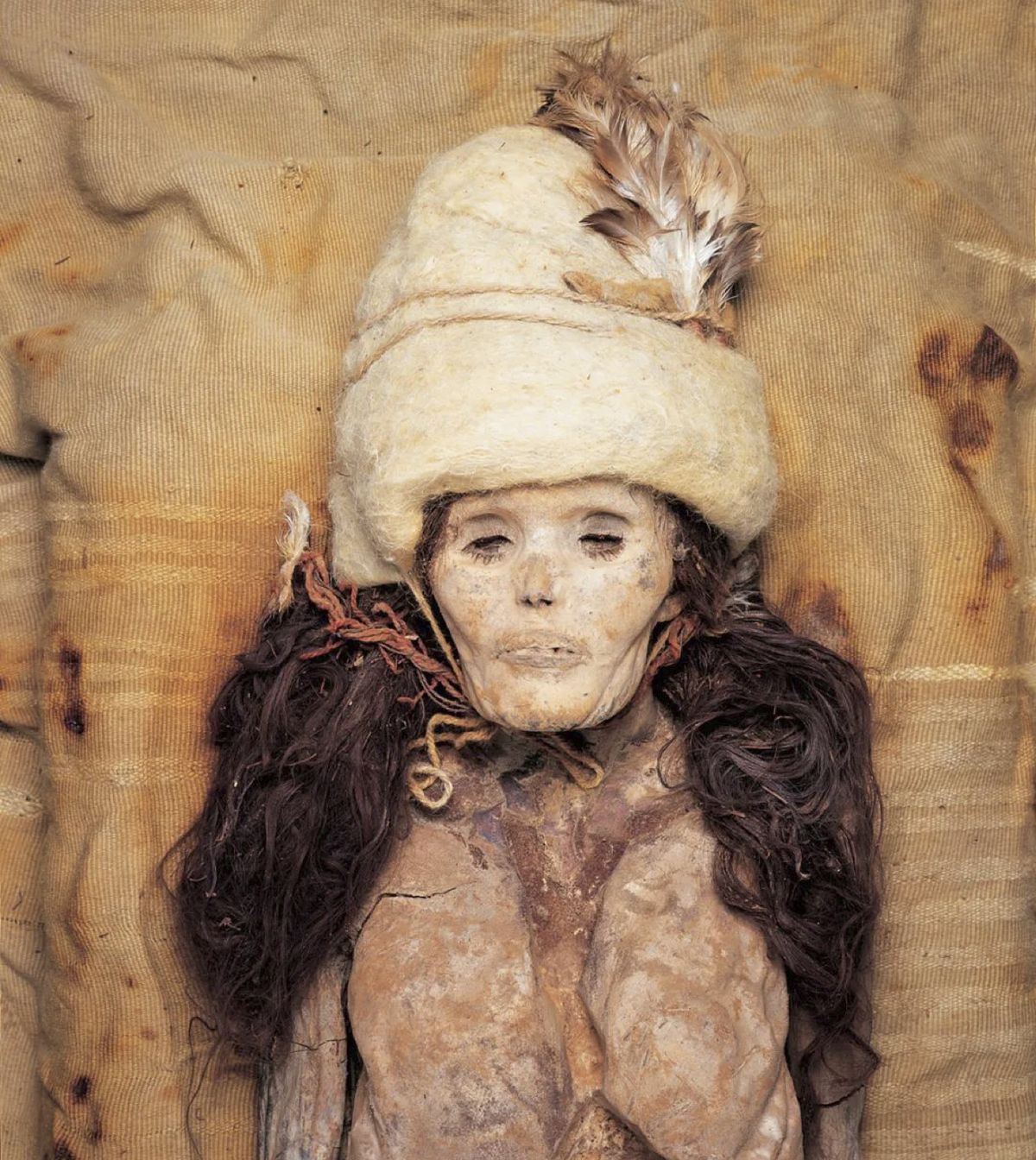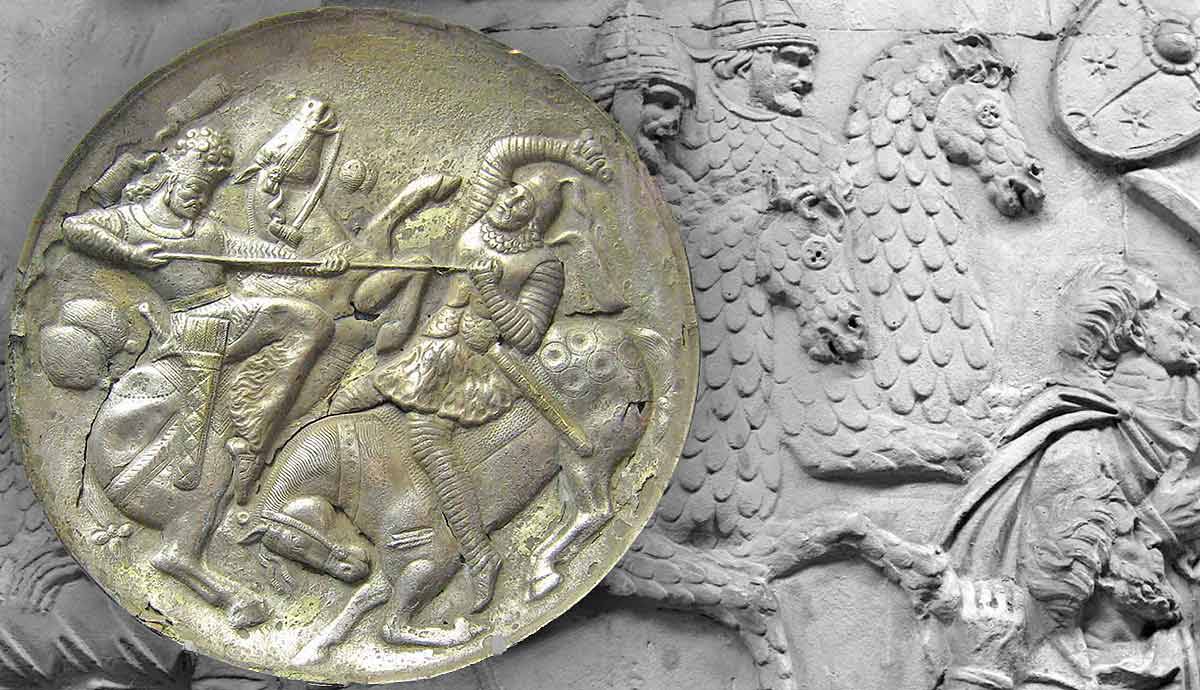
From Antiquity to the High Middle Ages, the elite heavy cavalrymen that dominated the battlefield was the armored cataphract. With both horse and rider encased in scale armor, the cataphract typically wielded a long kontos, or lance. On the battlefield, they were primarily used to break through opposing formations of heavy cavalry and infantry. Most nations and empires of Antiquity and the Middle Ages made use of cataphracts at some point. It has even been speculated that the heavily armored cataphract influenced or perhaps even inspired the knights of Medieval Western Europe.
What Does Cataphract Mean?
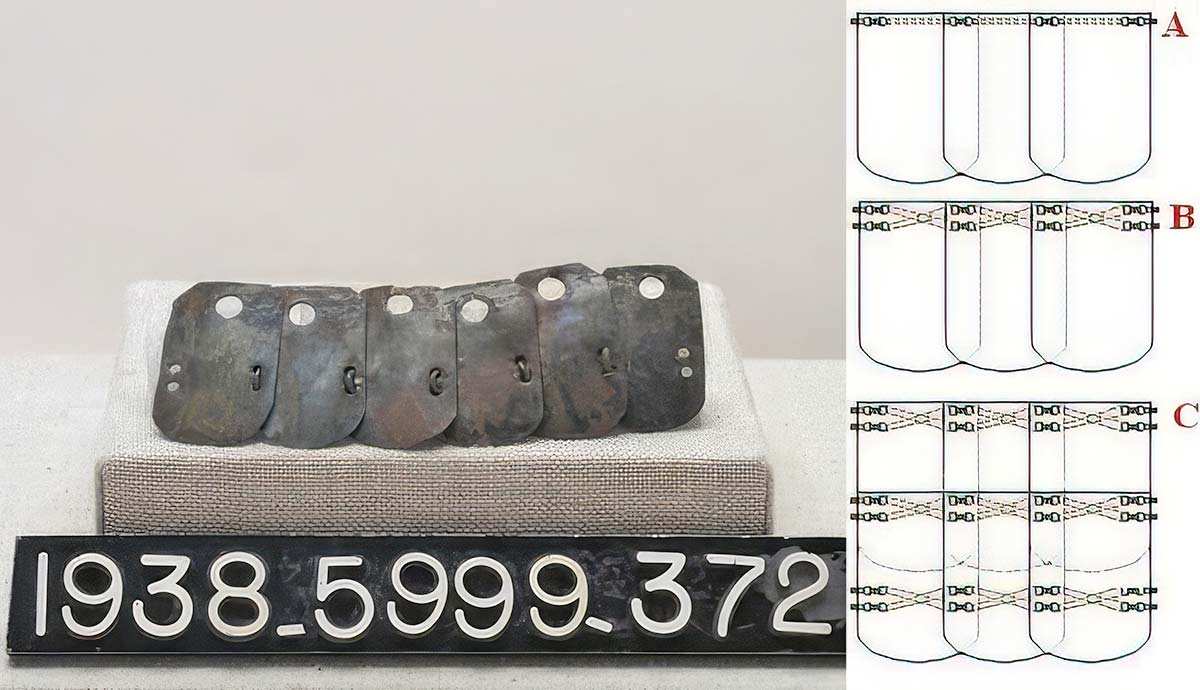
The term “cataphract” is an unusual one, that many today would find unfamiliar. The word is Greek in origins and is composed of two Greek root words κατά and φρακτός which means covered or protected. Together, they form κατάφρακτος which is interpreted to mean fully armored or enclosed on all sides. Despite the Greek origin of the term, its first known appearance is in the Latin text of Lucius Cornelius Sisenna, a Roman historian and stateman of the 1st Century CE. In Latin texts, the term is most commonly encountered in its Latinized form, cataphractarii. However, for the sake of precision, it should be noted that a cataphract appears to have been a horse and rider encased in scale armor.

Some heavily armored cavalrymen were encased not in scale armor, but in mail, which had a separate term. These soldiers were referred to as clibanarii. This Latin term indicating a mail-clad rider appears to have been derived from the Greek word klibanophoroi, meaning a camp oven or furnace. This was likely inspired by the way that both horse and rider rapidly heated up under their armor. The term has also tentatively been linked to several Old Persian words, but there is not yet enough evidence to reach a definitive conclusion. It should also be noted that it is not clear that these terms indicated two entirely different types of cavalrymen. Both terms are used somewhat interchangeably, though the Western Roman Empire favored cataphractarii and the Eastern Roman Empire and Later Byzantine Empire used both terms. In all likelihood, it was a matter of local linguistic preference.
Iranian Origins

Get the latest articles delivered to your inbox
Sign up to our Free Weekly Newsletter
The development of the cataphract required both advanced metalworking techniques and the development of selective breeding and animal husbandry. To encase both horse and rider in scale armor required a great deal of metalworking knowledge, as it was not a simple task. At the same time, the horses needed to be strong and endurant. Without selective breeding, the horses would not have the muscle strength necessary to bear an immense load of rider and armor into battle. The Iranian Plateau is generally believed to be the place where a combination of these factors made it possible for the development of cataphracts to occur.
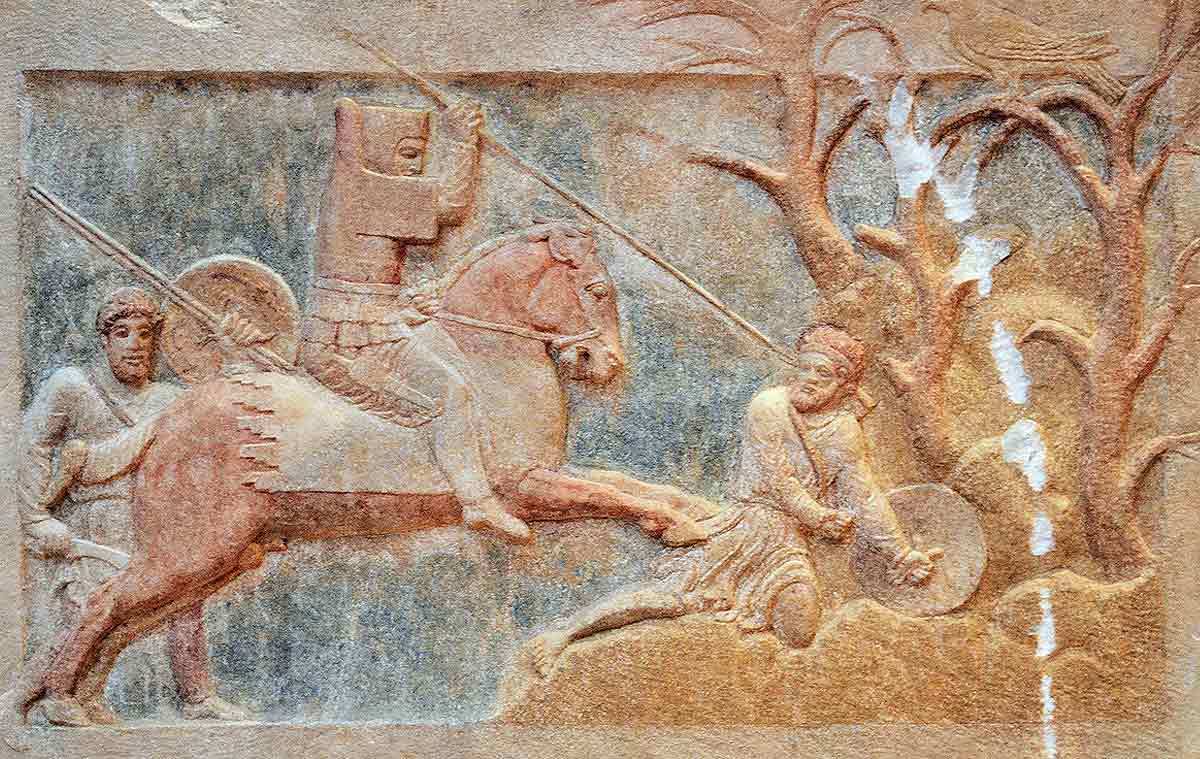
It was the Medes and Persians who bred the most renowned horses of the Ancient World, the famed Niseans. These large, powerful horses helped to ensure that cavalry became the basic military arm of the Medes and Persians. However, these peoples did not rely on just the bow as they just as often charged in to engage in close-quarter combat with enemy infantry and cavalry. As such, the importance of protecting their valuable mounts grew. Over time, the Iranians took further steps to protect their mounts, gradually encasing the horse and rider in more and more armor. A process that was possibly the result of conflict with the powerful Neo-Assyrian Empire of the Ancient Near East. These early cataphracts contributed to the rise of the Achaemenid Empire, which helped to spread the cataphract concept further and further afield.
Cataphract Equipment and Tactics
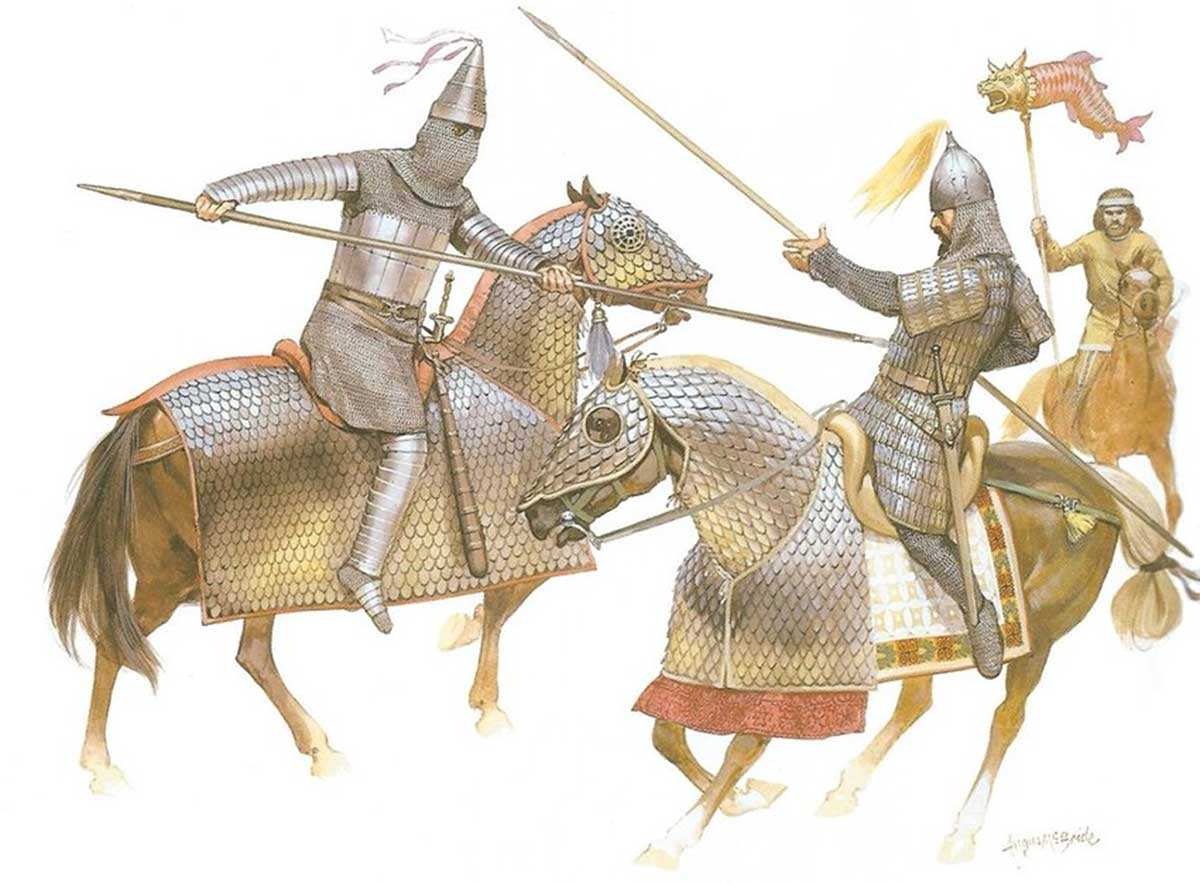
Cataphracts were almost universally clad in some sort of scale armor, which provided both strength and flexibility. A full set of cataphract armor for the horse could consist of around 1,300 scales weighing in at around 40 kgs or 88 lbs. The armor was usually in sections, rather than one large piece so that each piece could move independently. This gave the horse a greater range of movement and allowed the armor to fit tightly in place. The rider was fully armored as well though their armor might consist of scale, mail, lamellar, or a combination of the three. A cataphract’s primary arm was the massive kontos spear which required two hands to wield. Auxiliary arms might include a sword, mace, or bow.
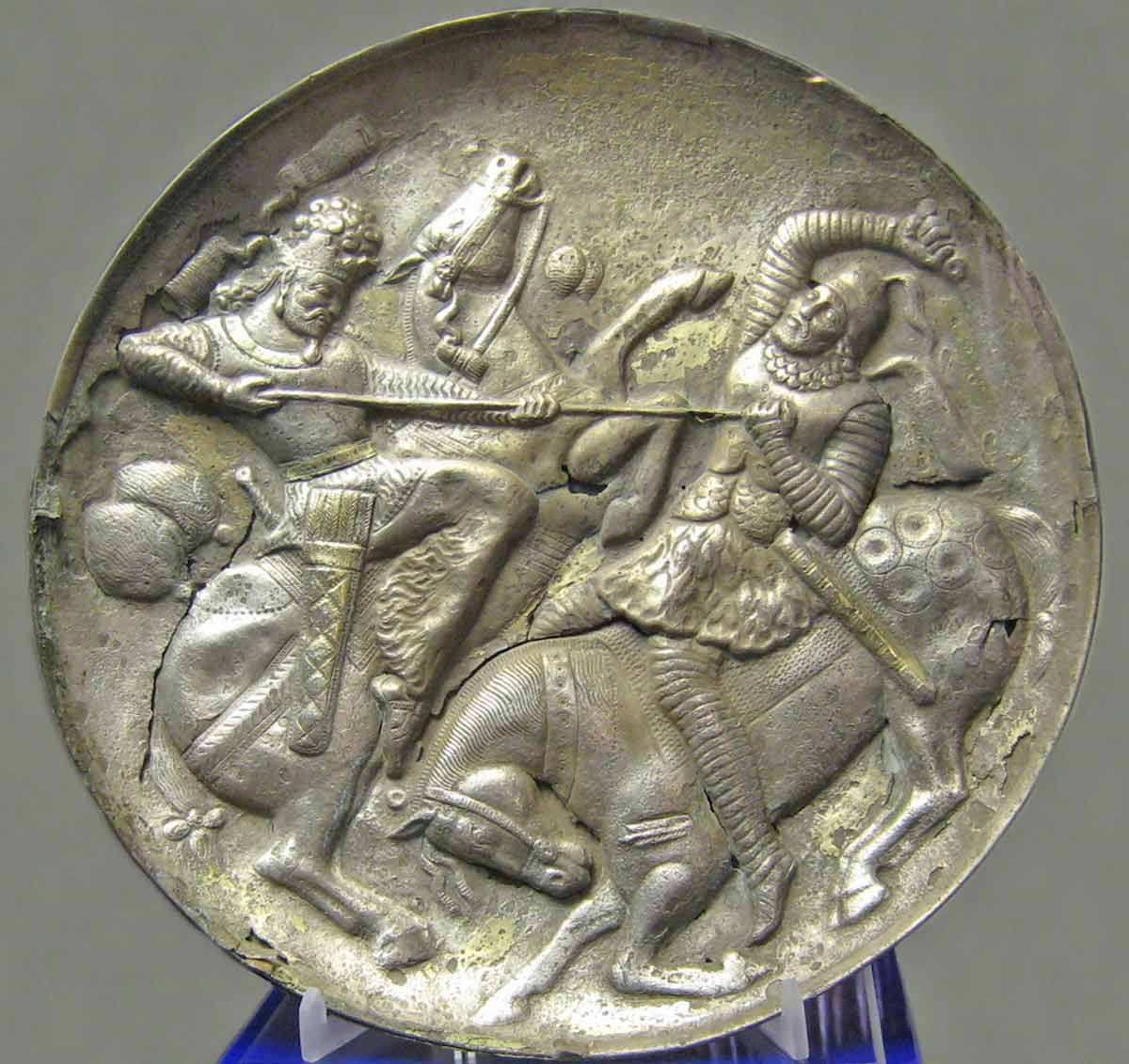
Tactically cataphracts were most effective when part of a combined arms force. The armor and lance of the cataphract allowed them to deliver destructive charges, but they had limited stamina. The weight of the armor wore down both horse and rider, so exhaustion and overheating were a problem. As a result, effective fire support was critical to the deployment of cataphracts. The enemy was first worn down and pinned in place with missiles, which is why the cataphracts also carried bows. This also allowed the cataphracts to line up for the best possible approach when delivering their charge. The cataphracts would then charge in and break apart the enemy formation so that more lightly armored troops could pursue and hunt them down.
The Cataphracts Spread

The cataphract concept spread quickly amongst the various Iranian peoples of Central Asia. Conflict with the Assyrians most likely introduced the idea into the Ancient Near East, though some have speculated that the Assyrians developed it on their own to counter Iranian-mounted archers. Trade routes, meanwhile, brought the cataphract further east and west. Archaeological evidence suggests that by the 6th Century BCE the Saka, Massagetae, and Dahae were experimenting with cataphracts. Around the Black Sea, cataphracts began to appear in the 4th Century, possibly as a result of the Sarmatians pushing out the Scythians. However, the evolution of the cataphract in Western Eurasia is unclear.

The most important vector for the spread of the cataphract was of course the Achaemenid Empire. Achaemenid armies were so powerful and so successful that they could not help but influence all those they came into contact with. This was especially true regarding cavalry warfare, in which they were most dominant. It was during the Ionian Revolt and Greco-Persian Wars of the 5th Century BCE that the West was first introduced to the cataphract. Interestingly, this is also possibly the first time that heavy cavalry was introduced to the West as well. It is also worth noting that the cataphracts of this period were most likely less well-armored than those of later periods. Over time the panoply of the cataphract grew to encase more of the horse and rider.
Classical Cataphracts of Antiquity

During the Hellenistic period, the use of cataphracts spread even further and they began to become more heavily armored. The Seleucids and Parthians in particular made extensive use of cataphracts in their armies. It was also during this period that the Romans had their painful introduction to the cataphract. Yet, the cataphracts were not able to halt the Roman legions, who made use of their better training, discipline, and tactics to defeat them. Exposure to cataphracts in the Near East and along the Danube frontier led the Romans to create their own units sometime during the reign of Hadrian (117-138 CE). Originally an auxiliary unit, they were known as the ala I Gallorum et Pannoniorum catafractata. By the 3rd Century CE, cataphracts were an integral part of the Roman army, serving as far afield as Britain.
Cataphracts were also being employed during this period by various Iranian peoples across the Near East and the Eurasian steppe. In both the Parthian and Sassanian Empires, the military elite were the cataphracts who inflected numerous defeats on their Greco-Roman opponents. That the Romans were able to fight so many wars against the Parthians and Sassanians without ever conquering them is a testament to how effective their cataphracts were. Competition between these great empires likely resulted in their respective cataphracts becoming ever more heavily armored as they sought an advantage over each other.
Cataphracts in China
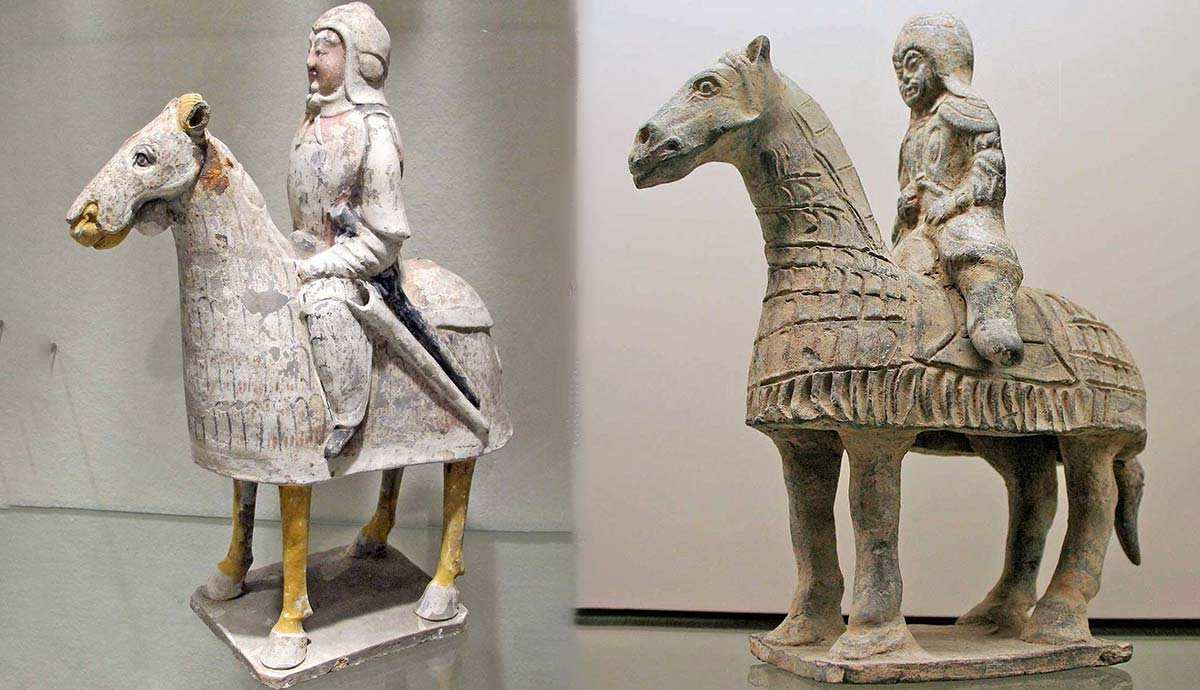
The cataphract also made an appearance in China, though it was not until the Three Kingdoms Period (220-280 CE). Prior to that, there is evidence of cavalrymen and their mounts being encased in leather armor, but these were not true cataphracts. However, cataphracts did not become widespread in China until the 4th Century CE, when pressure from the Xianbei tribes of Inner Mongolia led to their adoption. Numerous burial seals, military figurines, murals, and reliefs testify to the continued importance of cataphracts during the Jin Dynasty (266-420 CE), Northern and Southern Dynasties (420-589 CE), and the Sui Dynasty (581-618 CE). During the Tang Dynasty (618-907 CE) production of horse armor was controlled by the government and it was illegal for private citizens to possess it.
Among the nomadic empires that bordered China, cataphracts were also popular—especially among the Liao, Western Xia, and Jin. The Song Dynasty (960-1279 CE) struggled to develop its own cataphracts to counter this threat. However, without access to suitable breeding stock or lands for rearing horses, they were unsuccessful. When the Song were finally conquered by Kublai Khan, the Mongol Yuan Dynasty (1271-1368 CE) appears to have discarded the cataphract. Later Chinese cavalry never approached the same level of armor as the earlier cataphracts. Other East Asian cultures made use of cataphracts as well such as the Gokturk Khaganates, and the Tibetans who employed cataphracts for much of their history.
Medieval Cataphracts

During the Medieval period, cataphracts continued to be employed by the Byzantine Empire and the constituted a much-feared military force. However, classical cataphract disappeared sometime during the 6th Century CE, and it was not until the reign of Leo VI (886-912 CE) that they reappeared. Byzantine cataphracts were more lightly armored than their predecessors and advanced at a trot to roll over their enemies rather than charging home. Cataphracts were discarded and readopted throughout Byzantine history, as the empire’s fortunes waxed and waned. Successive emperors destroyed and rebuilt the Byzantine army again and again so that different styles of cataphract were adopted and abandoned.

Byzantine influence over their neighbors, particularly the Bulgars, Slavs, Avars, Lithuanians, Alans, and Khazars, ensured that cataphracts made an appearance across Eastern Europe at various times. Nobles across the region sought to emulate Byzantine styles. By the 15th Century CE, Western European metalworking became increasingly sophisticated, and Byzantine styles fell out of favor. The scale, mail, and lamellar armor no longer proved the best protection available. At the same time, the Byzantines were economically no longer able to equip their forces with the best armor available. When Constantinople fell to the Ottomans on May 29, 1453 the last Byzantine cataphracts were also destroyed.
Legacy of the Cataphracts
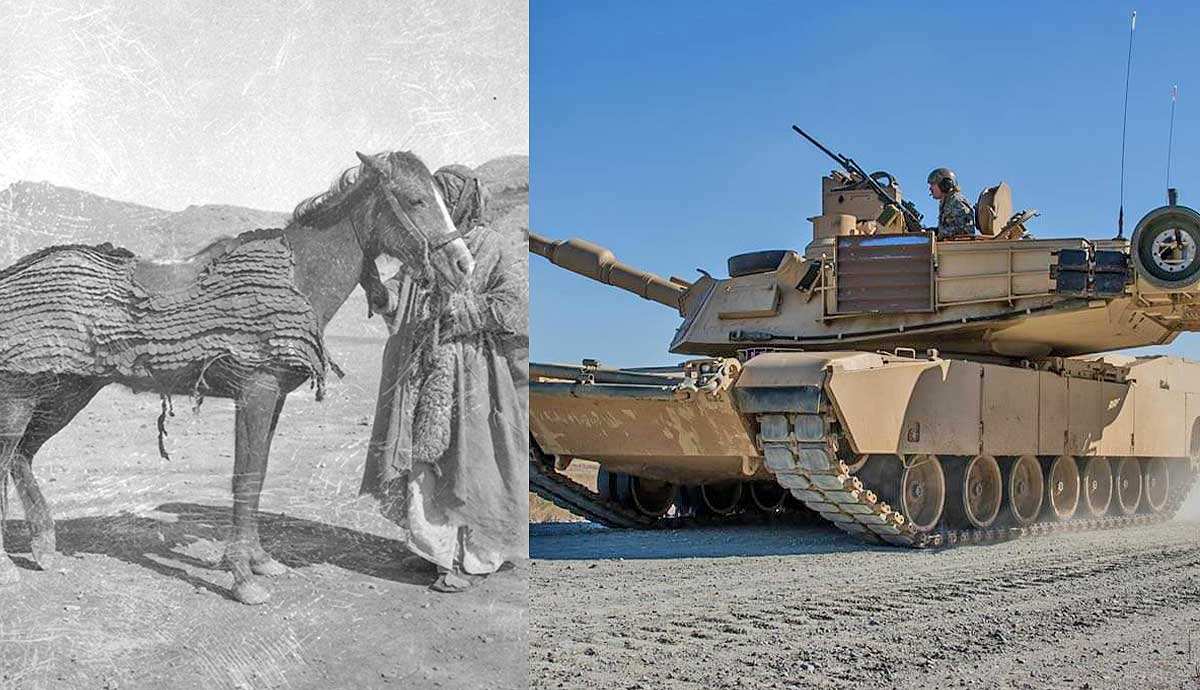
With the fall of Constantinople, the last major power to deploy cataphracts was gone. That does not mean, however, that heavily armored cavalrymen were no longer used to wage war, as such cavalrymen would continue to ride into battle for centuries. Technological development, and new ways of war, more than anything else, had rendered the cataphract obsolete. The role that the cataphract played on the battlefield was still necessary, but now new units were employed to fill that role. Today, the tank, with its heavy armor and large cannon, often inspires comparison to the cataphracts of old.
For centuries cataphracts dominated the battlefields of Europe, Asia, and Africa. They played a leading role in both the creation of great empires and in their destruction. They were, at one time, perhaps the most technologically sophisticated weapons system on the battlefield. As such, they also served as an inspiration for numerous works of art and are referenced in literary works from across the ancient world. Yet for all of their importance, only a few examples of cataphract armor have survived, making each one a priceless treasure.





